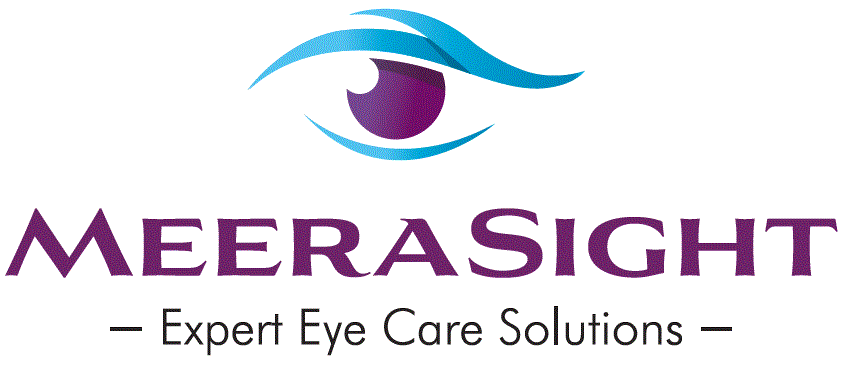
What is Cataract?
Cataract is the clouding of the eye's natural lens. It is the most common cause of vision loss in people over age 40 and is also the principal cause of blindness in the world.
Cataract symptoms and signs
At first, a cataract has little effect on your vision. You may notice that your vision is hazy or blurred a little, like looking through a cloudy piece of glass or a waterfall. Other important clues are:
• Light from the sun or a lamp may seem too bright or glaring.
• Difficulty in night driving, the oncoming headlights cause more glare than before.
• Decrease in brightness of colours.

• Floaters or Black spots in front of eye
• Coloured halo around bright light.
• Temporary improvement in your near vision, called "second sight."
What causes cataracts?
The lens inside the eye works much like a camera lens, focusing light onto the retina for clear vision. It also adjusts the eye's focus, letting us see things clearly both up close and far away.
The lens is mostly made of water and protein. The protein is arranged in a precise way that keeps the lens clear and let’s light pass through it.
But as we age, some of the protein may clump together and start to cloud a small area of the lens. This is a cataract, and over time, it may grow larger and cloud more of the lens, making it harder to see.
Besides advancing age, cataract risk factors include:
• Ultraviolet radiation
• Diabetes and Hypertension
• Obesity
• Smoking
• Previous eye injury or inflammation
• Previous eye surgery
• High myopia
• Prolonged use of corticosteroid medications
• Statin medicines used to reduce cholesterol
• Hormone replacement therapy
• Significant alcohol consumption
• Family history
Cataract Prevention
Studies have shown antioxidant vitamins such as vitamin E, vitamin C, carotenoids lutein and zeaxanthin and foods containing omega-3 fatty acids may reduce cataract risk. Good food sources of vitamin E include sunflower seeds, almonds and spinach. Good sources of lutein and zeaxanthin include spinach, kale and other green, leafy vegetables.
Another step you can take to reduce your risk of cataracts is to wear protective sunglasses that block 100 percent of the sun's UV rays when you are outdoors.

Cataract treatment
When symptoms begin to appear, we may be able to improve your vision for a while using new glasses, strong bifocals, magnification, appropriate lighting or other visual aids.
Surgery is usually advised when your cataracts have progressed enough to seriously impair your vision and affect your daily life.
Advanced Cataract surgery also known as Phacoemulsification/MICS is a simple, relatively painless procedure to regain vision. During surgery, we will remove your clouded lens through a very small cut (1.2mm-2.8mm) and in most cases replace it with a clear, plastic intraocular lens (IOL). (KNOW MORE)
Advanced IOLs are being developed to make the surgery less complicated and more helpful to patients. Different types of IOL are:


Comments